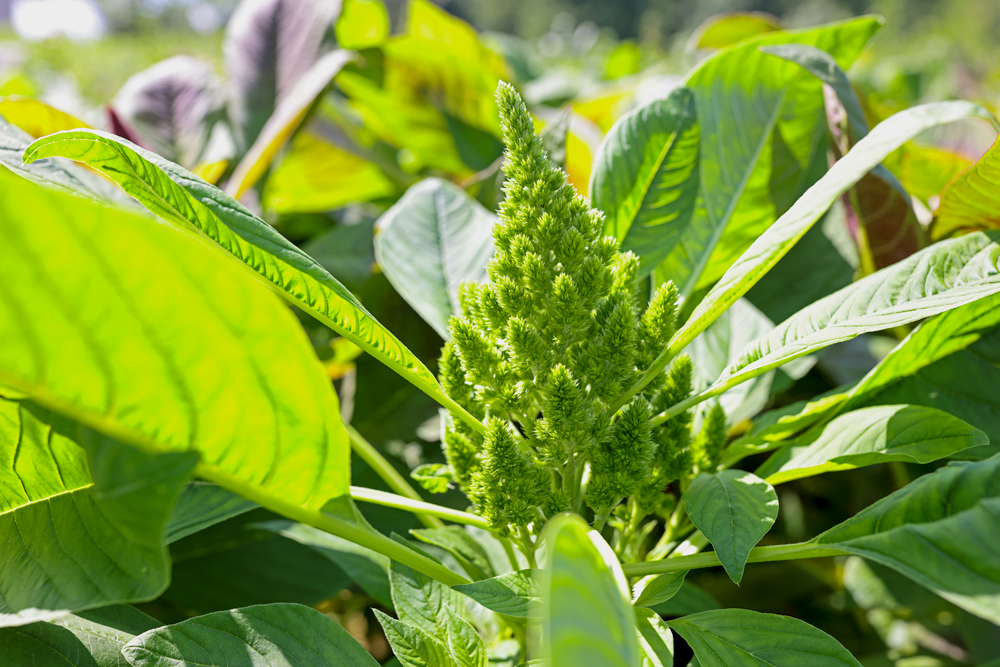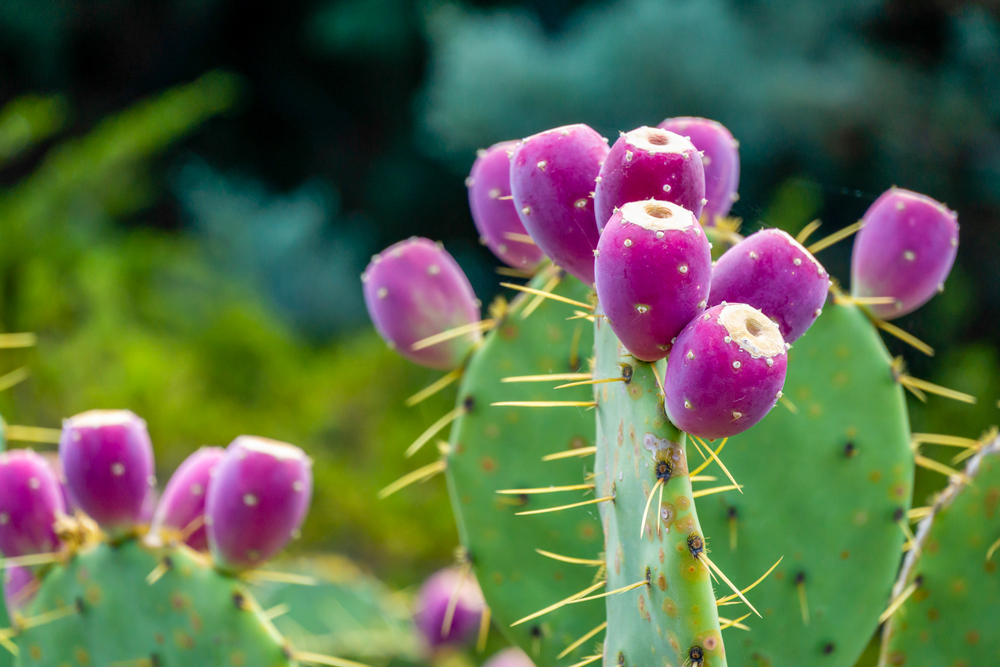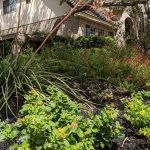This locally raised chef’s early career as a filmmaker led him on a journey of cultural realization through food.
Note: “Plants and People” is an occasional series featuring San Antonio residents with diverse botanical backgrounds and perspectives on how plants impact cultures and landscape practices.
Who are you, what do you do, and how did you get here?
Adán Medrano grew up rooted to two places: San Antonio and the town of Nava in Coahuila, Mexico. However, Medrano spent most of his early career on the road, traveling across the world working as a filmmaker. On one trip to Hungary, he noticed that the traditional dish of goulash (stewed meat and vegetables) was laced with paprika — a chile native to Mexico, not Eastern Europe.
Medrano saw Mexican crops embedded in other food cultures as a woven bond between places. He also recognized that at the same time, food is “culturally rooted wherever we take it” because it’s centered around native plants and the place-based traditions that are built around their cultivation and consumption.
“When Medrano retired from film, he moved back to San Antonio and enrolled in the Culinary Institute of America. While there he realized that the food culture coming out of the South Texas region, specifically that the authentic comida casera — traditional meals cooked at home by Mexican-American families — was not accepted in professional culinary circles nor recognized in public discourse.”
After graduating, Medrano devoted himself to gathering the threads of botanical history and culture surrounding comida casera and published his first book to tell the story of authentic Texas Mexican food.
What project(s) are you working on right now?
Medrano describes his new project as “tacos, feminism, and cultural resistance,” a continued exploration of the “plant-based (culinary) traditions of South Texas and Northeastern Mexico.” Medrano argues that “the Mexican food of Texas is really indigenous food” in the sense that the plant-based foundation of Texas Mexican food is rooted in key crops that were originally domesticated by indigenous communities. The staples of Texas Mexican food — chiles, maize, beans, tomatoes, etc. — are all native to what is now Mexico and central America. “Cooking starts by walking the land and looking at the landscape,” said Medrano, “because that’s where food comes from.”
Which plant(s) are you connecting with most right now?

Amaranth (Amaranthus retroflexus), also known as pigweed or quelitre, which is word derived from the Nahuatl language of the Aztecs.
Amaranth, or Quelitre, is an amazing plant native to Mexico that is often thought of as a weed. Its leaves are readily cooked and eaten as cooked greens and the seeds are eaten as a grain similar to quinoa. It’s a strong candidate for bringing back a piece of food culture, Medrano says, because it’s incredibly easy to grow and requires little water and care.

Prickly pear (Opuntia engelmannii var. lindheimeri), also known as Nopal.
Another easy-to-grow source of food, the prickly pear is well appreciated and perhaps the most accessible drought tolerant plant for beginning gardeners. The paddles can be boiled or grilled to eat in a variety of ways, and the deep purple fruits are popular for making flavorful syrups.
What dish has been a go-to in your kitchen recently?
Nopal y frijol salad. Medrano combines diced nopales, which are boiled for 20 minutes, with cooked pinto beans and fresh tomato, onion, and serrano. The salad is then dressed with lime juice and olive oil. Delicious cold, Medrano notes.
Who inspires you to do what you do?
Medrano credits his mother for being his primary cooking inspiration. Her “kitchen is my culinary compass,” he smiles. His father also instilled the love of gardening in Medrano. He grows many of his own herbs and vegetables to use in his kitchen.
What advice do you have for new gardeners?
“Take the step!” Medrano exclaims. “Plants are amazing citizens and partners along with us on this planet,” he says. He recommends starting with “one bean in a flowerpot” or a nopalito cactus paddle stuck in the ground, and then watching as the plant takes off. They hardly need much more than encouragement to grow.




